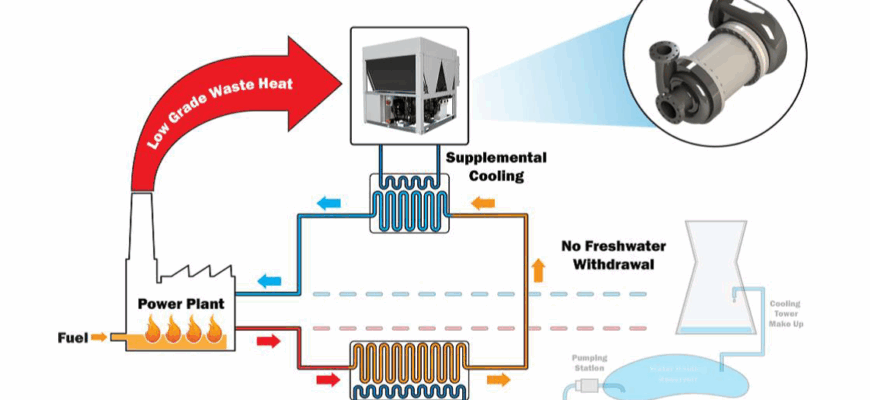Formula 1 is a crucible of speed, precision, and engineering marvels. Yet, amidst the roar of engines and the blur of carbon fiber, an invisible adversary often lurks: extreme heat and humidity. While spectators enjoy the spectacle, drivers are locked in a two-hour physiological battle, pushing their bodies and machines to the absolute limit. This challenge becomes particularly acute at events like the Singapore Grand Prix, where tropical conditions threaten not just performance, but driver safety itself.
The Inferno of Singapore: A “Heat Hazard” Declared
Picture this: temperatures hovering around 31°C (81°F) with oppressive humidity exceeding 75%. Inside the cockpit, a confined space surrounded by a roaring V6 hybrid engine, temperatures can soar to an astonishing 60°C (140°F). It`s less a racing car, more a high-speed sauna. Such conditions led the FIA (Fédération Internationale de l`Automobile) to declare a “heat hazard” for the Singapore Grand Prix – a rare but critical intervention designed to protect the most vital component of any F1 car: the driver.
This isn`t a new concern, but a reaction to the stark realities witnessed at the 2023 Qatar Grand Prix. That race saw drivers succumbing to the heat, with one retiring due to the conditions and another barely avoiding consciousness after collapsing beside his car. These incidents underscored the urgent need for proactive measures, prompting the introduction of rules allowing drivers to combat the inferno more effectively.
The Cooling Vest: A Driver`s Secret Weapon
The solution? A seemingly simple yet remarkably effective piece of kit: the liquid-cooled vest. This isn`t your average sports gear; it`s a meticulously engineered garment designed to maintain core body temperature when every degree counts. The principle is straightforward: a coolant is pumped through a network of thin tubes stitched into the vest, actively drawing heat away from the driver`s body.
For races like Singapore, where drivers can shed up to three kilograms (over six pounds) of body weight in sweat – the equivalent of three liters of fluid – these vests are a game-changer. That`s a staggering 4-5% of a driver`s total body mass lost in a single race, a level of dehydration that significantly impairs concentration, reaction times, and physical endurance. The cooling vest aims to mitigate this brutal physiological toll, allowing drivers to remain sharper for longer.
The Intricacies of Integration: Weight and Comfort
However, introducing such technology into the finely balanced world of Formula 1 is never without its complexities. The `heat hazard` declaration comes with a specific regulatory twist: the minimum weight of the car is increased by five kilograms to accommodate the hardware for the cooling vest system. Drivers who opt out of using the vest must still carry equivalent ballast. This ensures no competitive advantage is gained or lost, maintaining the purity of the sport while prioritizing safety.
Beyond the regulations, practical challenges abound. Initial designs had connecting valves in uncomfortable positions, made worse by the intense G-forces drivers experience. The vests` thick material and tubing, while effective, can feel cumbersome beneath fireproof overalls, adding another layer of discomfort. There are also concerns about the system`s reliability – an unexpected failure could, ironically, turn a cooling vest into a heat insulator, amplifying the problem it`s designed to solve.
Carlos Sainz, a seasoned F1 driver, noted the ongoing development: “At the beginning, we had it to work more or less for half an hour. Hopefully now the whole system can work at least for an hour. It`s a two-hour race. I`ve done it 10 times in Singapore. If it breaks or it doesn`t work, I`m not worried. I`ll do the race and jump out fresh like I always do. But if it works, it`s better, because then you suffer a bit less.” A wonderfully pragmatic outlook for someone about to enter a mobile oven.
Driver Perspectives: A Mixed Bag of Relief and Reservations
The reception among drivers has been varied, reflecting the personal nature of comfort and performance in such a demanding environment.
- George Russell, among others, has already utilized cooling vests in previous hot races, embracing the concept: “When you`re racing in 90% humidity and the cockpits are getting on for 60 degrees, it`s a bit of a sauna inside the car. So I think we all welcome it.”
- Conversely, seven-time champion Lewis Hamilton expressed reservations: “It`s quite uncomfortable. It itches a lot so I`m not sure I want to drive with an itchy top on.” Even supreme athletes have their limits when it comes to persistent skin irritation.
- Perhaps the most compelling endorsement came from Nico Hulkenberg. After the brutally hot Saudi Arabian Grand Prix, where he suffered without a vest, he observed his fellow driver Alex Albon, who had used one, emerging “fresh like a spring chicken.” The contrast was stark enough to convert him: “So I said, next time I`m going to run that thing.”
Beyond the Chequered Flag: The Future of Driver Wellness
The introduction of cooling vests and the `heat hazard` rule underscore a growing recognition within Formula 1 that driver safety extends beyond mere crash protection. While the image of a fearless warrior enduring unimaginable discomfort might romanticize the sport, the reality is that optimal performance hinges on optimal physiological conditions. As F1 continues to push the boundaries of technology and human endurance, innovations like cooling vests ensure that the drivers, the very heart of the sport, are kept as cool and composed as possible, even when the world around them is literally on fire.
The constant evolution of these systems, driven by driver feedback and engineering ingenuity, is a testament to Formula 1`s commitment to both thrilling competition and athlete well-being. The unseen battle against heat and humidity continues, but with each advancement, drivers are better equipped to conquer the inferno and deliver the spectacle we all crave.







